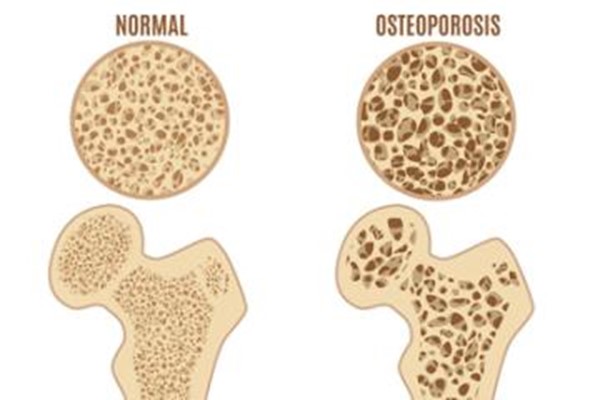A client has been prescribed raloxifene. As the nurse, you know that raloxifene is used to treat:.
Migraines.
Hypertension.
Osteoporosis.
Heart disease.
The Correct Answer is C
Choice A rationale:
Raloxifene is not used to treat migraines. It is a selective estrogen receptor modulator (SERM) that primarily acts on bone tissues, estrogen receptors, and has anti-estrogenic effects in the breast, which may reduce the risk of breast cancer.
Choice B rationale:
Raloxifene is not used to treat hypertension (high blood pressure) It is primarily indicated for the prevention and treatment of osteoporosis in postmenopausal women.
Choice C rationale:

This is the correct choice. Raloxifene is indicated for the treatment and prevention of osteoporosis in postmenopausal women. It helps increase bone density and reduces the risk of fractures associated with osteoporosis.
Choice D rationale:
Raloxifene is not used to treat heart disease. While it may have some cardiovascular benefits due to its effects on cholesterol levels, it is not a primary medication for heart disease management.
Nursing Test Bank
Naxlex Comprehensive Predictor Exams
Related Questions
Correct Answer is A
Explanation
Choice A rationale:
This finding may indicate a neurological problem or an issue with the baby's ability to feed, which can lead to inadequate nutrition and hydration. It's essential for the newborn to establish good feeding patterns early on
Choice B rationale:
Blue coloring of the hands and feet, also known as acrocyanosis, is a common and normal finding in newborns. It results from the immaturity of the peripheral circulation and usually resolves on its own without any intervention.
Choice C rationale:
A soft, edematous area on the scalp, also known as caput succedaneum, is a common finding following vacuum-assisted delivery and typically resolves without intervention.
Choice D rationale:
Facial edema is another common finding in newborns, especially after vacuum-assisted deliveries. It is typically a transient and self-resolving condition that does not require immediate intervention or reporting to the provider.
Correct Answer is A
Explanation
Choice A rationale:
When late decelerations are noted in the fetal heart rate (FHR) tracing, it indicates that the fetal oxygen supply may be compromised. The nurse should first change the client's position, such as moving her to the left lateral position or a hands-and-knees position, to improve uteroplacental blood flow and relieve pressure on the vena cava.
Choice B rationale:
Palpating the uterus to assess for tachysystole is not the priority action when late decelerations are observed. Tachysystole refers to excessively frequent uterine contractions and may contribute to fetal distress, but the immediate concern is addressing the decelerations.
Choice C rationale:
Increasing the client's IV infusion rate may not address the underlying cause of late decelerations. While maintaining hydration is important, it's not the first action to take in this situation.
Choice D rationale:
Administering oxygen at 10 L/min via a non-rebreather mask may be beneficial for the client and fetus, but it is not the first action to take. The nurse should address the position change first to improve oxygenation through better blood flow before considering supplemental oxygen.
Whether you are a student looking to ace your exams or a practicing nurse seeking to enhance your expertise , our nursing education contents will empower you with the confidence and competence to make a difference in the lives of patients and become a respected leader in the healthcare field.
Visit Naxlex, invest in your future and unlock endless possibilities with our unparalleled nursing education contents today
Report Wrong Answer on the Current Question
Do you disagree with the answer? If yes, what is your expected answer? Explain.
Kindly be descriptive with the issue you are facing.
